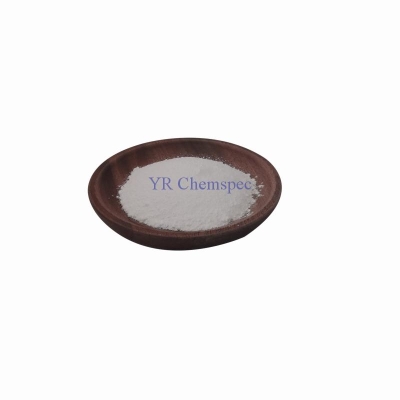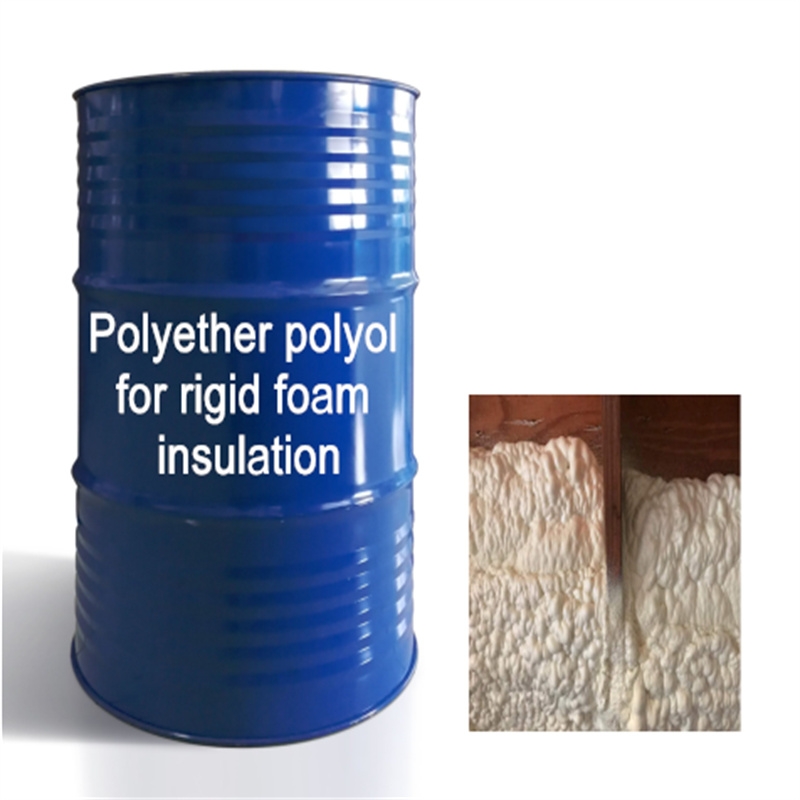-
Categories
-
Pharmaceutical Intermediates
-
Active Pharmaceutical Ingredients
-
Food Additives
- Industrial Coatings
- Agrochemicals
- Dyes and Pigments
- Surfactant
- Flavors and Fragrances
- Chemical Reagents
- Catalyst and Auxiliary
- Natural Products
- Inorganic Chemistry
-
Organic Chemistry
-
Biochemical Engineering
- Analytical Chemistry
- Cosmetic Ingredient
-
Pharmaceutical Intermediates
Promotion
ECHEMI Mall
Wholesale
Weekly Price
Exhibition
News
-
Trade Service
6.
3.
2.
2 A2N-SBR dual sludge nitrogen and phosphorus removal system
The A 2 N (Anaerobic Anoxic Nitrification)-SBR continuous flow denitrification process for phosphorus and nitrogen removal based on the theory of anoxic phosphorus uptake is a dual sludge system that uses a combination of biofilm and activated sludge methods (see Figure 6).
-5)
.
In this process, denitrifying phosphorus removal bacteria grow in suspension in one reactor, while nitrifying bacteria grow in another reactor as a biofilm.
Figure 6-5 A 2 N denitrification process for phosphorus and nitrogen removal
6.
3.
When the influent carbon and nitrogen are relatively high, it is necessary to add an aeration tank after the anoxic tank of the A 2 N process, which forms the Dephanox process
.
6.
3.
2.
4 AOA-SBR nitrogen and phosphorus removal process
The AOA-SBR method is to apply the anaerobic/aerobic/anoxic (abbreviated as AOA) process to the SBR, making full use of the DPB's ability to simultaneously remove nitrogen and phosphorus under the condition of anoxic and no carbon source, so that the reverse The nitrification process is carried out in the anoxic section with no carbon source, and does not require the circulation between the aerobic tank and the anoxic tank to achieve the purpose of simultaneous removal of nitrogen and phosphorus in a single SBR
.
Using this process to treat synthetic wastewater with a carbon-to-nitrogen mass ratio of less than 10 can get a good denitrification and phosphorus removal effect, and the average nitrogen and phosphorus removal rates are 83% and 92%, respectively
① Add an appropriate amount of carbon source at the beginning of the aerobic period to inhibit aerobic uptake of phosphorus.
In this experiment, the optimal amount of carbon source to be added during the aerobic period is 40 mg/L;
②In this process, nitrite can be used as an electron acceptor for phosphorus absorption
.
6.
3.
2.
5 Removal of nitrogen and phosphorus from granular sludge
Nitrogen and phosphorus removal by granular sludge is currently still in the research stage
.
Compared with the ordinary sludge method, the good chlorine granular sludge has better sedimentation performance, high biological concentration, and low sludge moisture content
6.
3.
2.
6 Internal circulation air-lift sequencing batch biofilm method (internal circulation air-lift SBBR)
It is mainly designed for the integration of phosphorus and nitrogen removal
.
The literature shows that the internal circulation airlift SBBR can obtain a stable nitrogen and phosphorus removal rate, and the removal rates of COD, N, and P under the optimal packing density and organic load are 95.
At present, the research on denitrification and phosphorus removal technology at home and abroad has achieved preliminary results, and the denitrification and phosphorus removal technology has also developed from basic research to engineering application stage
.
However, we still know little about the structure and function of the microbial community in the denitrification and phosphorus removal system.
In short, the development of wastewater biological nitrogen and phosphorus removal technology is mainly concentrated in the following four aspects
.
(1) the development of new technology different nutritional type of independent growth of microorganisms, mainly in combination with each other between the different processes, such as improved A 2 / O process, and the like BICT process
.
The improved A 2 /O process is more suitable for the transformation of existing urban sewage plants
(2) New processes developed on the basis of new microbiology and biochemistry theories
.
With the discovery and in-depth research on the principles of denitrification and phosphorus removal, short-cut nitrification and denitrification, anaerobic ammonia oxidation, simultaneous nitrification and denitrification, new technologies based on new principles continue to emerge, and some new technologies have been applied In practice, the principles and processes of these new technologies are not yet mature enough, and their principles, processes and influencing factors need to be further studied
(3) New technology based on highly simplified processing facilities
.
The processing structures of these new processes are highly simplified and integrate multiple functions, with low investment costs and great market potential
.
(4) The biological nitrogen and phosphorus removal process should also be combined with the concept of sustainable sewage treatment to minimize COD oxidation, reduce CO 2 release, reduce remaining sludge output, and realize the effective use of phosphorus-rich sludge and the reuse of treated water.
, This will be the direction of future development in the field of sewage treatment
.







